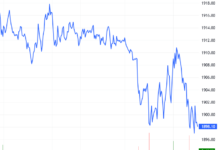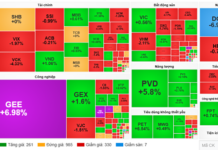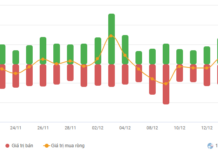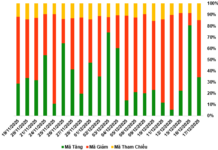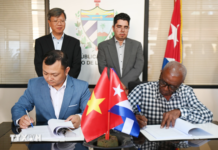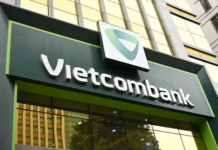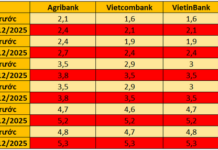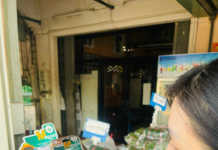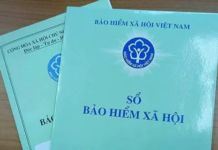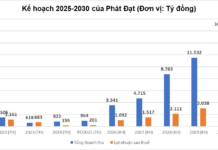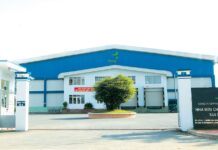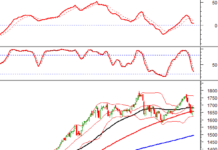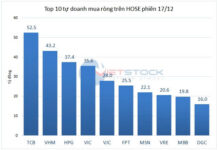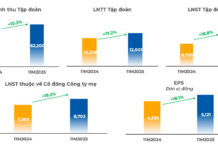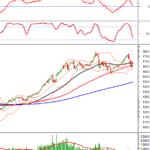In the Mekong Delta, raw materials for agricultural and aquatic product processing are fresh produce and livestock. Due to the hot and humid climate, these perishables are prone to spoilage if not promptly collected, stored, transported, and processed.
In the agricultural and aquatic production chain, one business’s output becomes another’s input, creating a closed-loop system from harvesting to collecting, transporting, storing, processing, exporting, and domestic consumption. This intrinsic characteristic has, for generations, tied the region’s agriculture and aquatic industries to “traders and peddlers.” In reality, traders play a certain role in the agro-forestry-aquatic production chain.
Soc Trang province has a rice cultivation area of nearly 147,700 hectares, with 90 agricultural cooperatives and 479 cooperative groups. Last year, rice production exceeded 2 million tons. However, linked consumption accounted for only 17% of the total cultivated area, with no records of farmers directly contacting businesses, mainly through intermediaries.
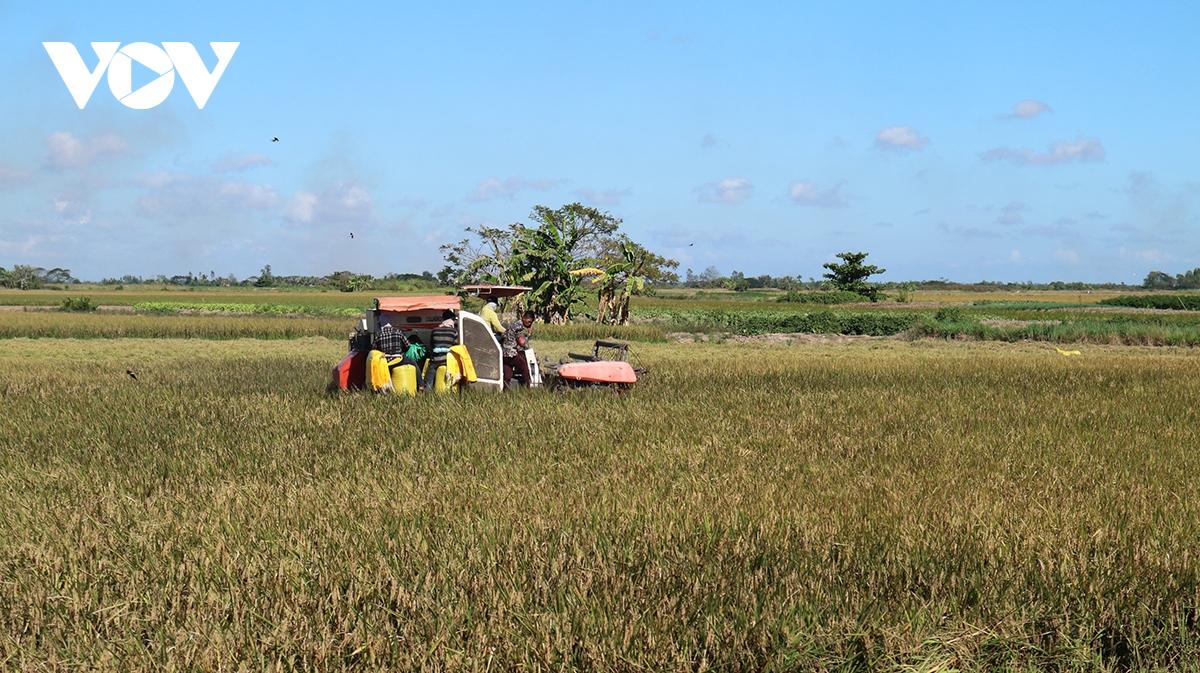
One of the strengths of the trader force is helping producers sell goods during times when direct exchange with corporate buyers is challenging.
Specifically, rice farmers have three linked consumption channels: through agricultural cooperatives (accounting for 5-7%) and local brokers (90-93%). These two channels, through traders, connect to businesses engaged in rice processing for export and domestic consumption. The third channel is “direct” consumption (accounting for 1-2%) to enterprises/service facilities (drying, milling), but this channel also goes through traders who “buy rice and sell rice” and only serves the domestic market.
Engineer Vo Quoc Trung, from the Soc Trang Provincial Center for Agricultural Extension, shared that, in the rice consumption chain, traders provide information to intermediaries about rice variety requirements, quantity, timing, and purchase price. They also conduct field surveys upon receiving feedback from the intermediaries.
About 10-15 days before the harvest, traders negotiate with farmers through broker introductions. They establish specific agreements on rice prices, harvest dates, starting times for harvesters, delivery locations, loading and unloading, payment methods, and any objective circumstances that may prolong the execution of the sales agreement… and finalize the deal with a deposit to seal the mutual understanding.
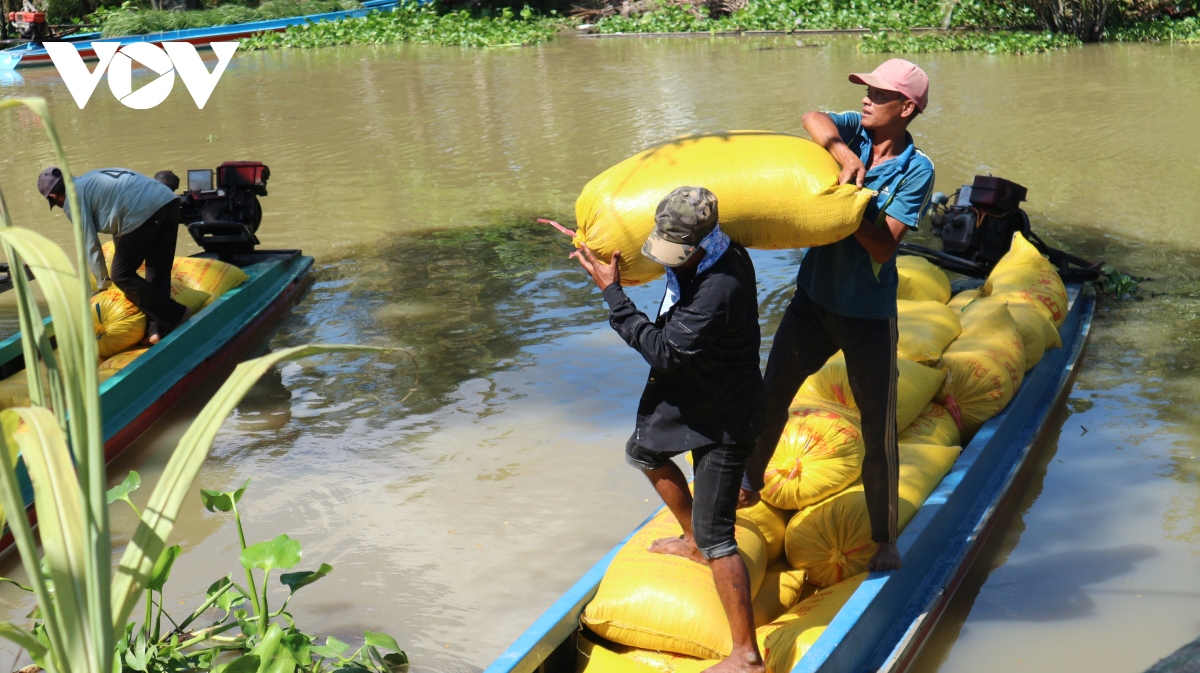
Traders are experienced in deploying suitable vehicles, be it water or land transport, to the agreed-upon rice delivery locations.
Subsequently, traders arrange for appropriate water or land transport to the agreed-upon rice delivery locations. Rice is received immediately after harvesting, and payment is made to farmers after deducting the deposit. For rice with specific technical requirements, traders and farming households make initial investment agreements, such as advancing rice varieties, a portion of input costs, and determining the pricing for the first crop.
Mr. Vo Quoc Trung expressed his opinion: “Traders are the indispensable link in today’s consumption chain. Without them, Soc Trang’s 2.1 million tons of rice would have no outlet. Traders are flexible, agile in pricing and negotiations, and efficient in deploying suitable transportation means according to specific conditions without needing managerial approval. They also offer flexible payment methods that cater to farmers’ needs.”
According to the Vietnam Rice Association, the Mekong Delta encompasses direct and indirect linking factors that influence through policies, scientific and technological advances, and capital. Direct linking factors include farmers, cooperatives, traders, businesses, and distributors/consumers.
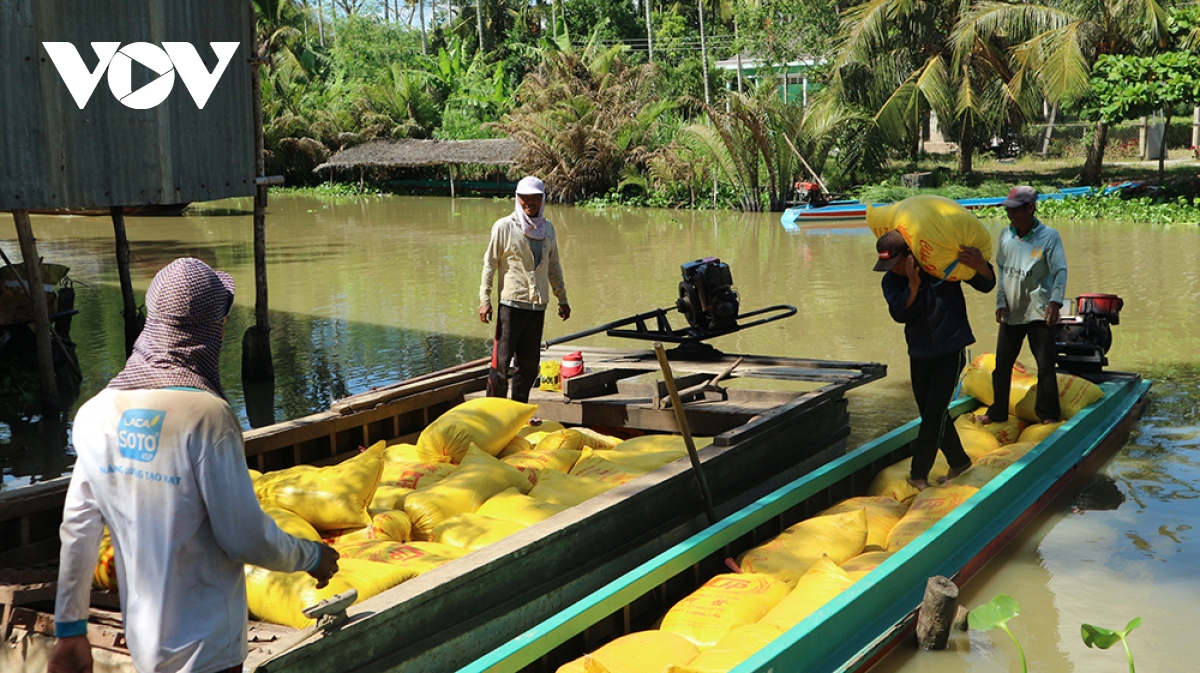
Traders’ purchasing methods are swift, straightforward, and involve immediate payment.
The total rice output per crop, produced by farmers, is distributed through consumption channels, with traders accounting for over 49%, cooperatives for 32%, rice mills for more than 12%, and rice processing enterprises for export making up over 6.5%. Meanwhile, the direct consumption channel for cooperatives includes enterprises, accounting for nearly 61%, rice mills for over 22%, and traders for over 16%.
Evidently, one of the traders’ strengths is assisting producers in selling goods to buyers (enterprises) that they struggle to access. Conversely, they aid enterprises in procuring raw materials for production when direct access to farmers is challenging due to geographical distances, insufficient means of collection, and a lack of purchasing manpower.
Additionally, their purchasing methods are swift, straightforward, and involve immediate payment. For impoverished households needing to purchase supplies and commodities for their livelihood, traders offer instant loans with the option to repay at an agreed-upon rate or interest-free on the condition that the price of their agricultural and aquatic products is lower… Banks and businesses often struggle to meet these needs due to procedural complexities.
Mr. Nguyen Ngoc Nam, Chairman of the Vietnam Food Association, shared his perspective: “In this industry’s value chain, the role of traders is extremely important and will persist in the coming time. They are the vital link and bridge between producers and consumers.”
However, in reality, Mr. Tran Minh Hai, Vice Principal of the School of Public Policy and Rural Development, Ministry of Agriculture and Rural Development, noted that we often view the term “trader” negatively. This is because, in some cases, traders have pressured prices, broken agreements, or abandoned deposits, leading to a one-sided and unfavorable perception.
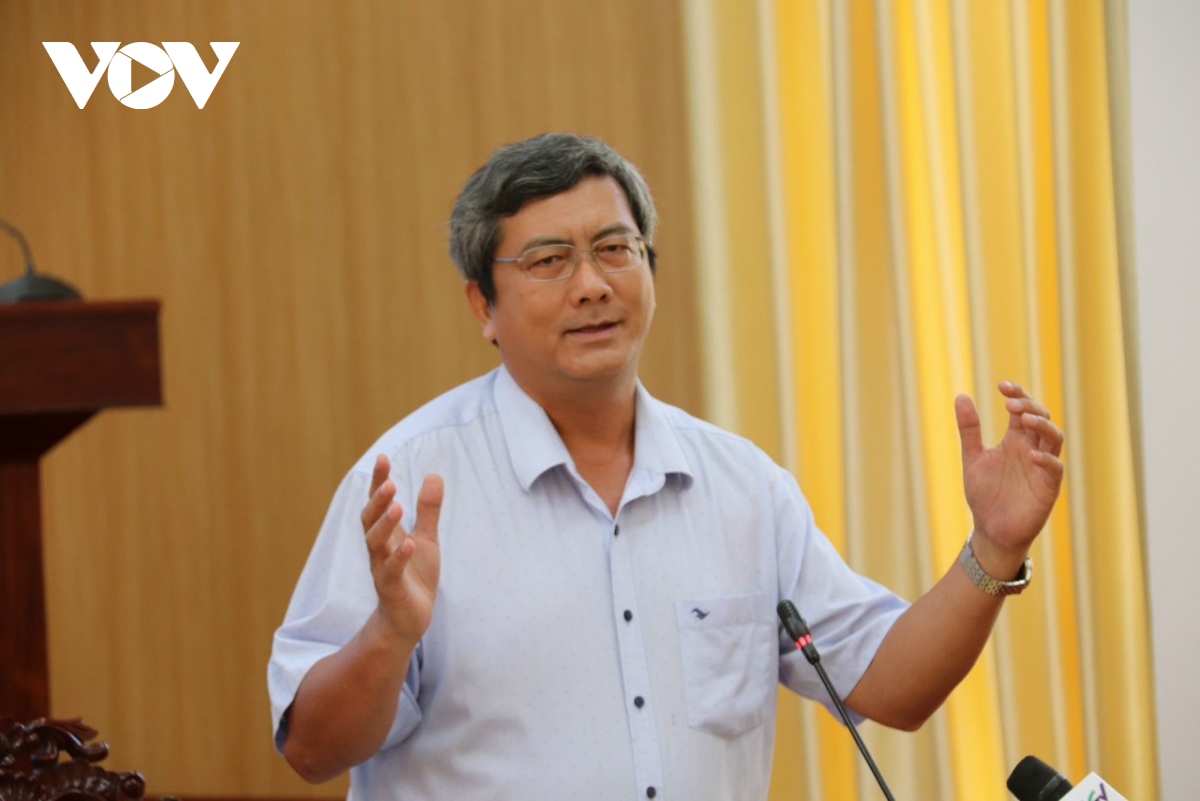
Mr. Tran Minh Hai suggested considering traders as partners accompanying farmers and enterprises.
Mr. Hai stated that the Mekong Delta’s rice chain is lengthy and involves many intermediaries. Among them, traders are “information savvy.” In reality, enterprises in the Western region prefer purchasing rice through traders to avoid the financial strain of advancing money to farmers for an extended period (2-3 months). Meanwhile, individual farmers prefer selling to traders for immediate cash.
Additionally, according to Mr. Hai, including traders in the sustainable rice chain will yield multi-dimensional benefits. Since the legal framework cannot currently regulate them, we can control them by introducing them to the chain, providing training and knowledge enhancement, and offering certain resources to identify reputable traders and eliminate those conducting unfair business practices. This approach benefits farmers, enterprises, and traders themselves, while also aiding in governmental management.
“We recognize the vital role of traders in this chain. Enterprises also require the role of cooperatives, so it is necessary to increase the scale in terms of area and members to achieve consensus. As traders possess strengths and advantages, cooperatives should collaborate to provide services to enterprises. Inviting traders to join the chain offers multiple benefits. We should consider traders as partners accompanying farmers and enterprises. In this context, the Vietnam Rice Association can take the initiative to gather these traders into groups or clubs on a voluntary basis,” emphasized Mr. Hai.
Traders should be regarded as partners of producers and enterprises, sharing risks and harmonizing interests to build trust based on “integrity” among all parties. Traders should be confident in their proactive and positive contributions to the agricultural product value chain.

